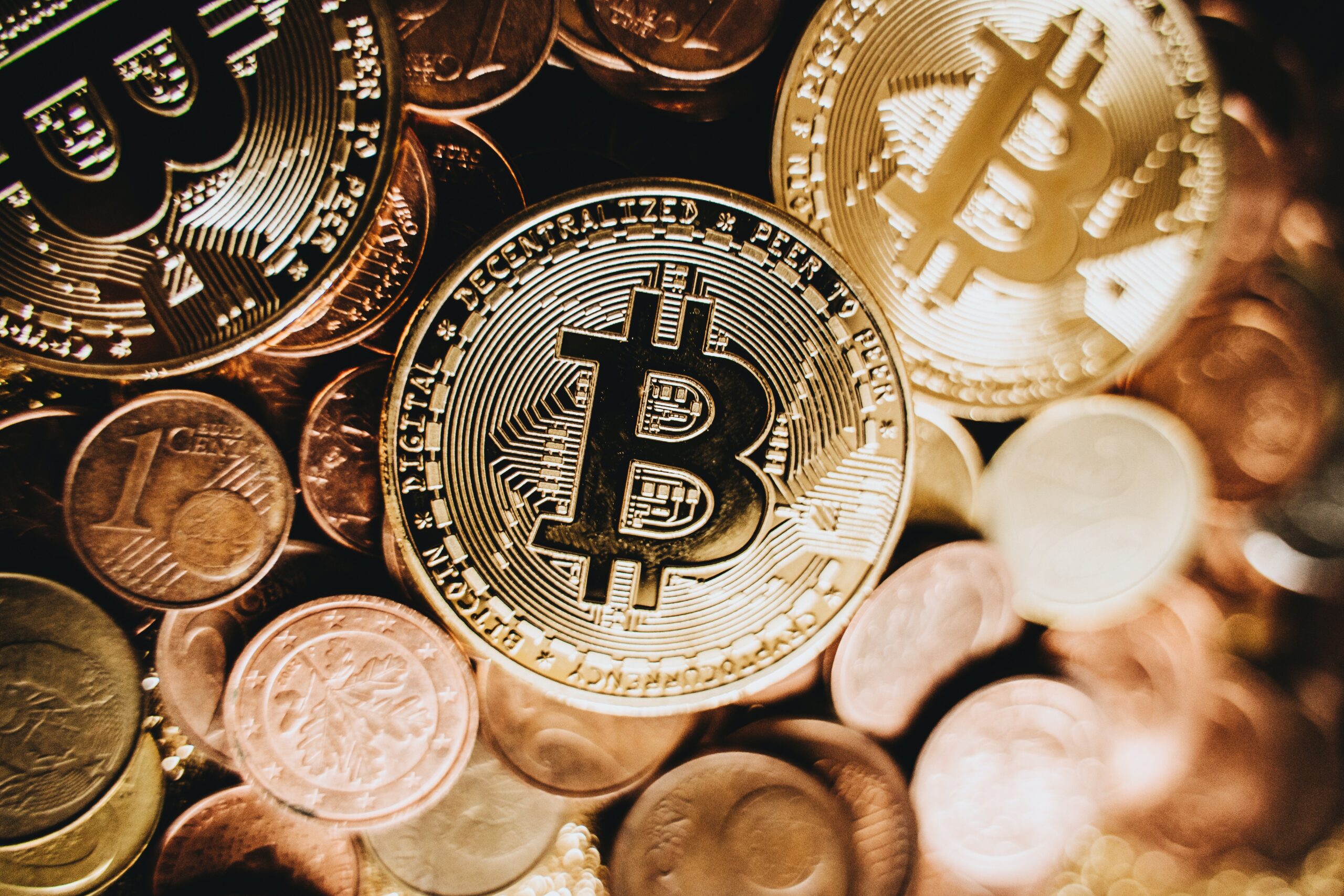How to Develop a Cryptocurrency Portfolio
The diversification of an investor's portfolio is strongly recommended for new traders. The conventional market makes purchases from a variety of various kinds of instruments (stocks, bonds, ETFs). The distribution of investments is what ultimately leads to diversity of a portfolio....

The diversification of an investor’s portfolio is strongly recommended for new traders. The conventional market makes purchases from a variety of various kinds of instruments (stocks, bonds, ETFs). The distribution of investments is what ultimately leads to diversity of a portfolio. This helps to prevent losses.
What Exactly Does It Mean to Have a Cryptocurrency Portfolio?
In its most basic form, this is a collection of digital assets that belong to a trader. It makes no difference where he stores them. If there is more than one asset held in a bitcoin wallet or on a trading exchange account, then this is already regarded to be a portfolio. In order for investments to result in a profit, it is necessary to do an accurate analysis of the projects. The right kind of preparation before making a purchase ensures a profit and minimizes danger.
The various forms that cryptocurrency assets can take
Every year, the market for digital assets shows signs of further expansion. Emerging in their place are new kinds of virtual assets. Key resources for the year 2022:
- Digital coins
- Tokens
- NFT
- Stablecoins
- DeFi
Coins
Coins have multiple functions, including that of a medium of trade, a unit of payment, and an investment tool. Coins function according to the principles of their very own decentralized operating system, known as blockchain.
Coins can be exchanged for other things and have worth in their own right. In point of fact, they fulfill the roles that money traditionally has. Mining and staking are two methods that can be used to generate new currencies. Methods of cryptographic encryption are utilized to guarantee the safety of coins.
Tokens
Tokens at an amusement park or gift certificates at a beauty salon are two examples of things that are comparable to units of account. The basis for the creation of assets is an environment that already exists, and assets only confer rights inside that ecosystem. Tokens can be used, for instance, to receive services or to lower the cost of fees. They can be purchased, sold, or traded for other things.
Binance Coin, often known as BNB, is a popular coin that was released by the Binance exchange. Initially, platform users who held assets were eligible for reduced commission rates when they traded on the platform. Afterwards, there was a considerable increase in the amount of functionality that BNB offered. The payment of money for products or services is what the currency is used for.
NFTs
If there are no discernible differences between the coins, then the non-fungible tokens are the only valid units. The user can demonstrate that they are the rightful owner of digital assets by using NFT. Art objects might fall within this category.
- Collections.
- Artifacts obtained via playing various games.
- Digital real estate.
A network of smart contracts is utilized by NFTs in order to register copyrights. The majority of the non-fungible tokens will be issued on the Ethereum blockchain by the end of the year 2021.
Stablecoins
The price of cryptocurrencies is highly unpredictable because it is based on the proportion of supply to demand at any given moment. Digital coins, on the other hand, are not backed by fiat currency, precious metals, or raw commodities like traditional instruments are. Stablecoins, for example, are a form of cryptocurrency that is pegged to real-world currencies or commodities, which means their value is less susceptible to wild swings. Tether, often known as USDT, is an asset that is backed by dollars in circulation in the United States. This package results in lower levels of volatility and a ratio of exchange rates that is quite close to 1:1.
DeFi
On the blockchain, typical banking operations are carried out by decentralized financial systems, which are similar to but not identical to traditional banks. The ability to borrow and lend money is made possible by applications for distributed finance. Smart contracts are used to oversee the operation of the decentralized sector. The DeFi cryptocurrency Uniswap (UNI), which was issued by the exchange with the same name, is widely used in the year 2021.
Choosing Cryptocurrencies to Include in a Portfolio
It is commonly held that it is preferable to own 10 valuable coins as opposed to 100 lesser coins. Knowing the capitalisation and liquidity of various digital assets will help you choose which ones to include in your cryptocurrency portfolio.
- Team members and the project roadmap.
- Perspectives.
- Help from the neighborhood.
- Investment portfolio collecting rules
You can construct a portfolio on your own, or you can get the assistance of a more knowledgeable analyst. Some traders decide which digital assets to trade based on the expectations of industry experts, while others simply imitate the actions of profitable investors. The trade of cryptocurrency will never be completely free of risk. To create a portfolio on your own, you just need to follow a few easy rules:
- Find out why you’re investing in the first place.
- Choose assets that go along with the plan.
- Conduct an analysis of the risk factor.
- Find out what the ratio of the assets in the portfolio is.
- When building a portfolio, select a tracker to use.
- Invest in a cryptocurrency.
- Keep an eye on how the chart is moving.
- Make timely modifications.
Although every investor has their own view of what constitutes a diversified and well-balanced portfolio, it is essential to follow a set of guidelines that are universal.
